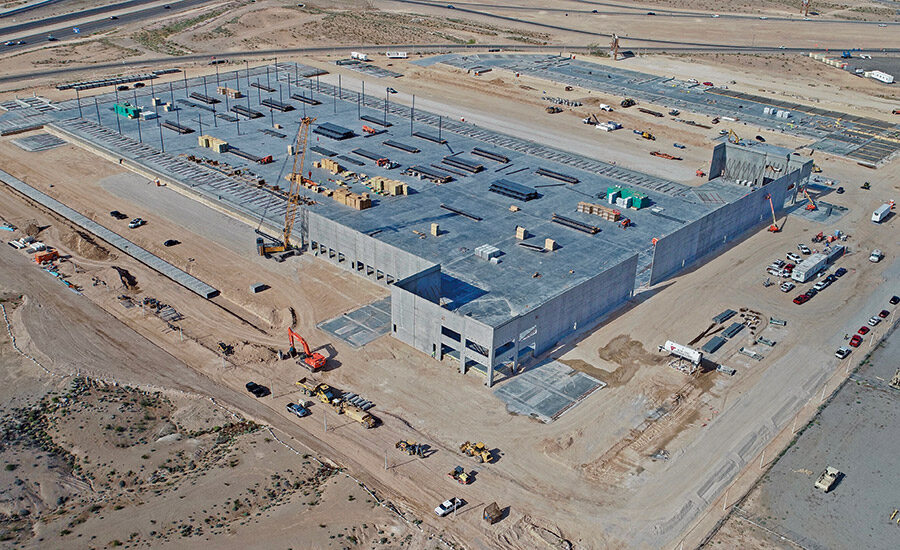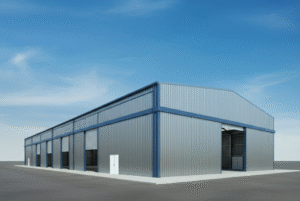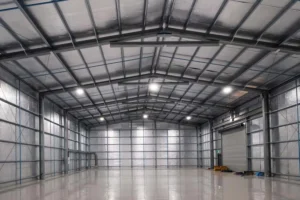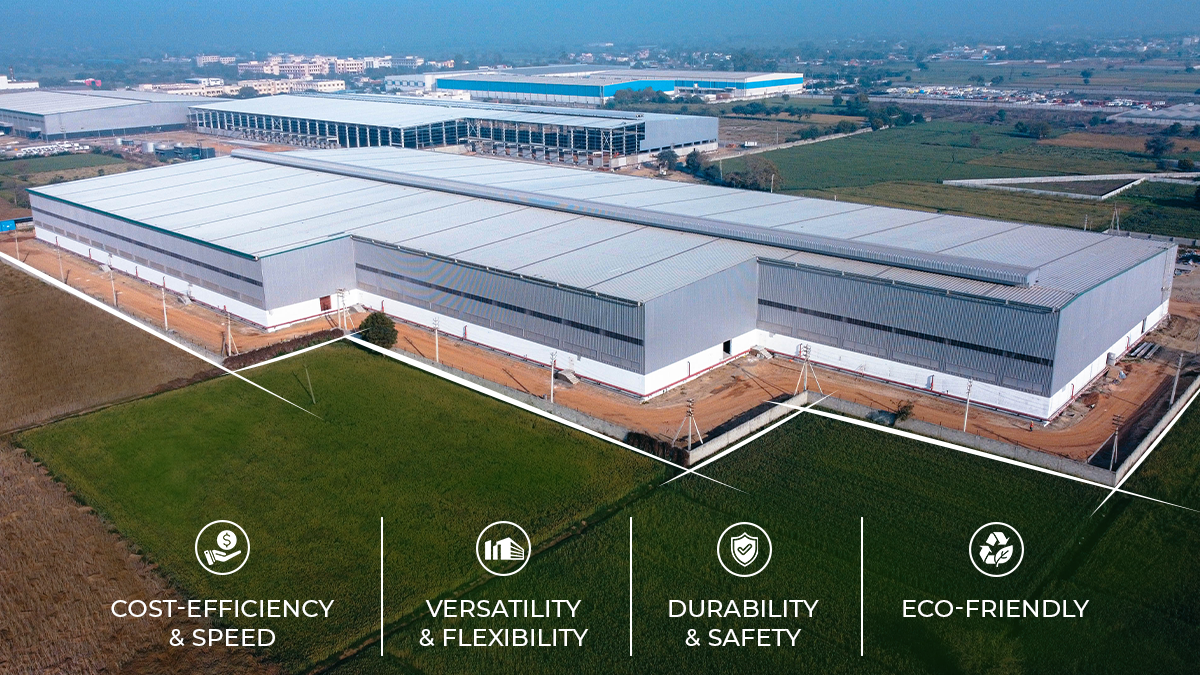
Bright Lights Shine on Las Vegas Construction
[ad_1]

Neil Opfer
Associate Professor, Civil & Environmental Engineering & Construction
UNLV
Las Vegas continues its winning streak, with the construction market expecting another year of impressive growth.
According to Dodge Data & Analytics, total construction starts are expected to continue a multiyear rise in 2025 driven recently by non-building categories such as public works and electric utilities. A year-end forecast of almost $13 billion in starts marks an almost 50% increase since 2022.
According to Opfer, a longtime market observer and frequent consultant, among the strongest drivers for the AEC market in Southern Nevada are data centers and warehouses.
“With less sizzle on the Strip than expected and no showbiz glitz, data center construction has quietly become the star of the local market,” Opfer says.
Companies such as Switch are rapidly expanding facilities, and one industry estimate suggests the local market could grow as much as nine times the current installed base. Southern Nevada offers distinct advantages for data centers, including few weather-related risks, competitive electricity rates and business-friendly governments, Opfer says. However, because these centers operate 24/7, “their power needs can’t be met by solar alone, which presents ongoing engineering and utility challenges,” he says.
And the sunny forecast doesn’t mean the region is immune to industrywide headwinds such as labor shortages, high costs and financing challenges. Several hotel and gaming renovation projects in Las Vegas have been put on hold as developers monitor the impact of tariffs on imported materials and equipment.
The uncertainty surrounding tariff policies has made it difficult to finalize construction budgets for projects
that rely heavily on foreign-sourced finishes, fixtures and specialized gaming technology.
“Developers are taking a wait-and-see approach,” Opfer says. “Until there’s more clarity on costs, some of these casino upgrades simply don’t pencil out.”
Two major Strip projects do continue to move forward: The $1.75-billion A’s baseball stadium has begun foundation drilling work, with a ceremonial groundbreaking planned for June 23, and the Hard Rock transformation of The Mirage—a $4-billion to $5-billion project—is well underway, including construction of a 700-ft-tall guitar-shaped hotel tower, casino renovations and upgrades to hotel rooms.
One of the splashiest new construction projects, Summerlin Studios, an attempt to bring Hollywood-style movie lots to suburban Las Vegas, is on the cutting-room floor for now. A measure to provide it with more than $1.5 billion in tax credits died in early June at the close of the state legislative session.
Backers of the bill touted the jobs that would be created, but a state-sponsored study concluded the economic benefits would fall short of expectations. Sponsors of the legislation vowed to be back in 2027, when the Legislature is next scheduled to meet.
Warehouse and distribution construction remains another bright spot, with current onshoring trends boosting demand and Southern Nevada’s location adding to its appeal. Ongoing upgrades to Interstate 15—such as the recently completed $382-million Tropicana West project near the resort corridor—are a boon as well.
The Las Vegas area is on track to add 6 million to 8 million sq ft of new manufacturing and distribution space this year, with a comparable number of projects expected to break ground in 2026.
But the other shoe could be about to drop. Dodge numbers suggest an almost 16% pullback in 2026 with just under $11 billion in starts expected.
There are several economic factors that could contribute to a slowdown including ongoing and stubbornly high costs. Despite slowing inflation, elevated material costs and the ongoing problem of finding sufficient staffing makes it difficult for projects to break even.
“It’s not just a Nevada issue; this is happening nationwide,” Opfer says.
High interest rates are further dampening both residential and commercial construction.
“Mortgage rates around 7% have really slowed the housing market. Sellers with lower rates are staying put, and buyers are hesitant,” Opfer says.
“Commercial developers are also cautious, with financing costs and lender risk concerns slowing many projects,” he adds.
[ad_2]
Source link
Post a Comment
You must be logged in to post a comment.






